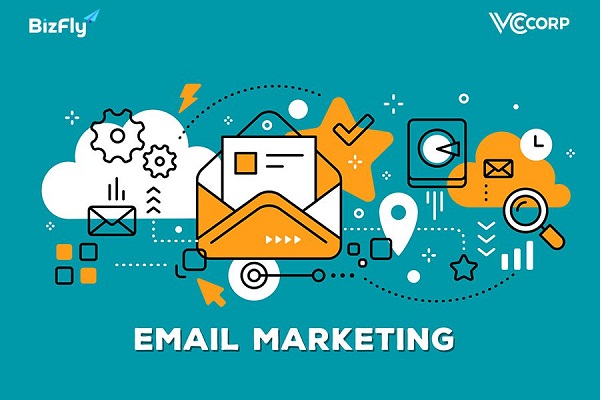Designing effective email campaigns and templates is crucial for capturing the attention of your subscribers, conveying your message clearly, and driving desired actions. Here are some steps to help you design effective email campaigns and templates:
- Define Your Campaign Goals:
- Clearly define the objectives of your email campaign. Is it to promote a product, announce an event, nurture leads, or drive sales?
- Having a clear goal in mind will guide your email design and messaging decisions.
- Understand Your Audience:
- Segment your email list based on demographics, interests, and behavior to tailor your campaigns to specific audience segments.
- Understand their needs, preferences, and pain points to create personalized and relevant content.
- Choose an Email Template:
- Select a professionally designed email template that aligns with your brand identity and campaign goals.
- Ensure that the template is mobile-responsive, as a significant portion of subscribers read emails on mobile devices.
- Craft Compelling Subject Lines:
- Write attention-grabbing subject lines that entice recipients to open your email.
- Keep them concise, clear, and personalized whenever possible.
- A/B test different subject lines to determine the most effective ones.
- Use Engaging and Clear Email Copy:
- Keep your email copy concise, scannable, and easy to read.
- Use a conversational tone and focus on benefits and value for the reader.
- Highlight key information using headings, bullet points, and short paragraphs.
- Incorporate Visual Elements:
- Include eye-catching visuals such as relevant images, videos, or infographics to enhance engagement.
- Ensure that the visuals are optimized for fast loading and support the message you’re conveying.
- Strong Call-to-Action (CTA):
- Clearly state the desired action you want subscribers to take and make your CTAs stand out.
- Use action-oriented language and create a sense of urgency when appropriate.
- Place CTAs strategically throughout the email, including above the fold and at the end of the email.
- Personalization and Dynamic Content:
- Leverage personalization by addressing subscribers by name and using dynamic content based on their preferences or past interactions.
- Personalized emails have higher open and click-through rates, leading to better campaign performance.
- Mobile Optimization:
- Optimize your email design for mobile devices, as a significant portion of subscribers access emails on smartphones or tablets.
- Use a single-column layout, large fonts, and clear CTAs to ensure a seamless mobile experience.
- Test and Preview:
- Before sending your email campaign, thoroughly test and preview it across different devices, email clients, and web browsers.
- Check for any formatting issues, broken links, or rendering problems that may affect the user experience.
- Monitor and Analyze:
- Track email metrics such as open rates, click-through rates, conversion rates, and unsubscribe rates to evaluate campaign performance.
- Analyze the data to identify areas for improvement and optimize future campaigns.
- A/B Testing:
- Conduct A/B testing to compare different variations of your email campaigns.
- Test different elements such as subject lines, email copy, CTAs, visuals, and layouts to determine what resonates best with your audience.
Remember, designing effective email campaigns and templates requires a balance between visually appealing design, engaging content, and a strong call-to-action. Continuously monitor the performance of your campaigns and make data-driven adjustments to improve engagement, conversions, and overall success.
SHARE
